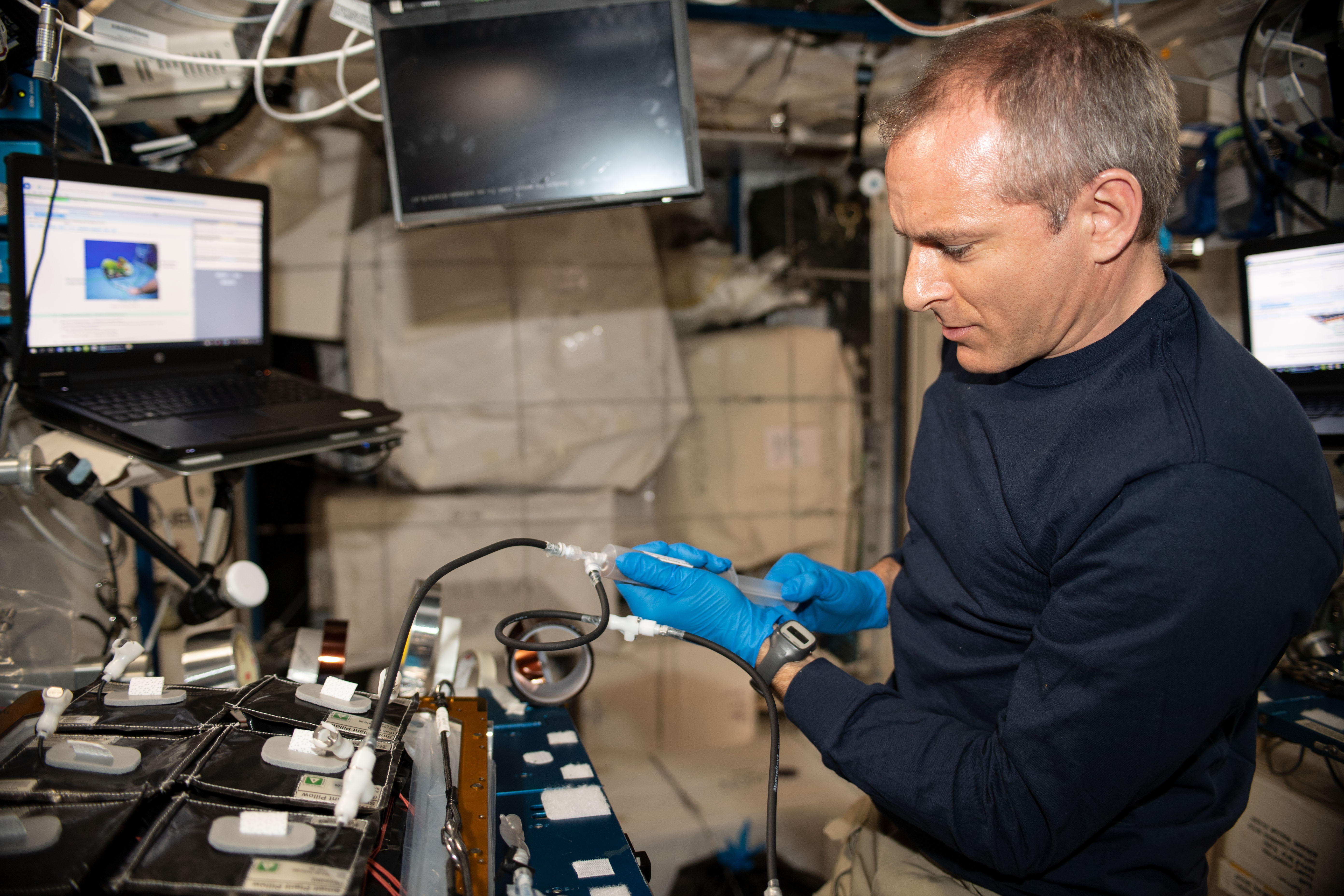On July 16, 1969, the Apollo 11 mission lifted off on a Saturn V rocket from NASA’s Kennedy Space Center in Florida. Crowds gathered with their eyes craned toward the sky, as NASA set out to make history with their next giant leap – landing astronauts on the Moon.
One historical member watching the launch, JoAnn Morgan, instrumentation controller for Apollo 11, and the only female in the firing room inside NASA’s Launch Control Center.
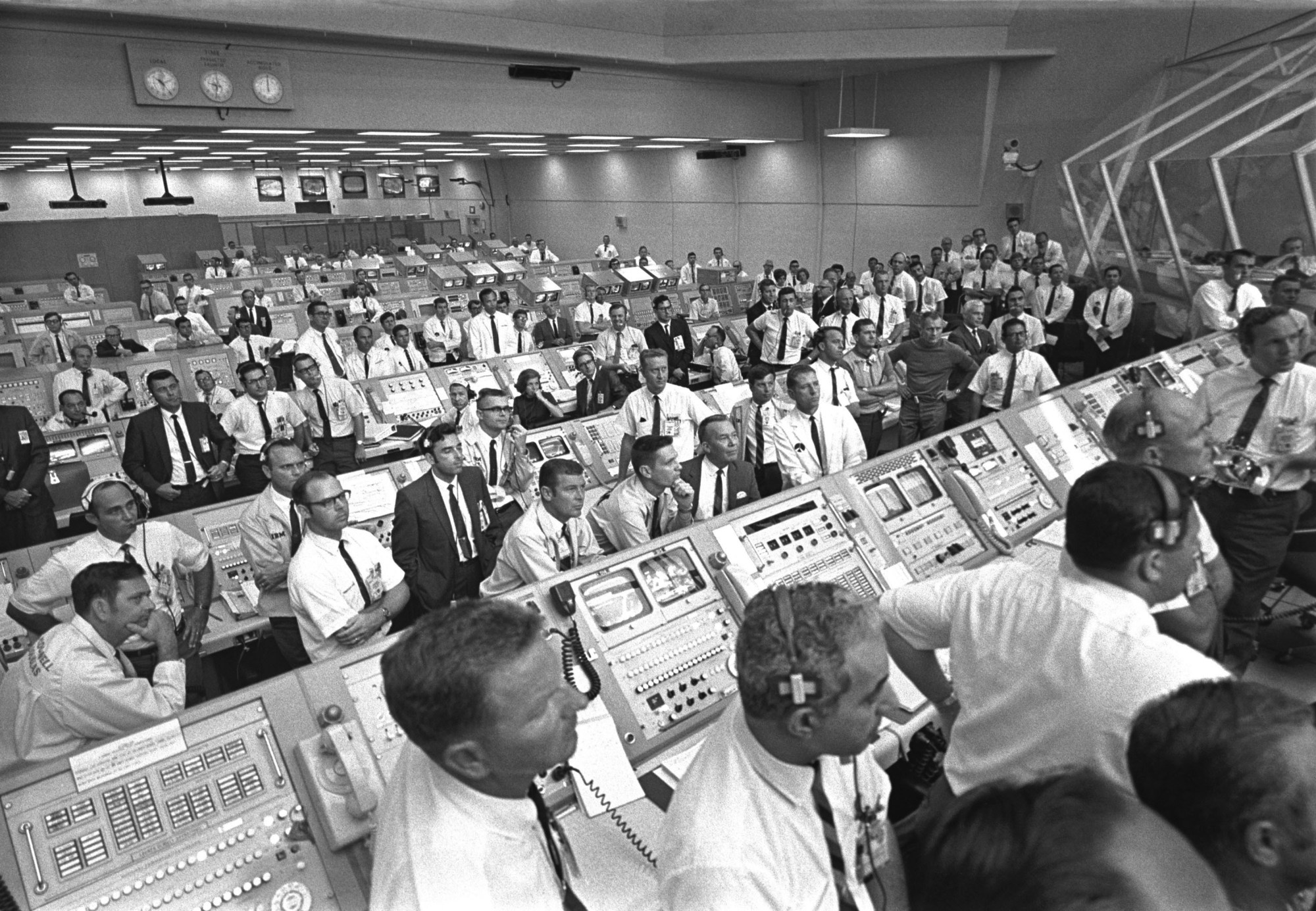
“I look at that picture of the firing room where I’m the only woman. And I hope all the pictures now that show people working on the missions to the Moon and onto Mars, in rooms like mission Control or launch Control or wherever — that there will always be several women. I hope that photos like the ones I’m in don’t exist anymore,” said Morgan.
NASA is hard at work 55 years later returning astronauts to the Moon with the Artemis campaign which will land the first woman, first person of color, and its first international partner astronaut on the Moon – and establish the first long-term presence on the Moon. With these new missions supporting lunar exploration, Morgan’s hope for several women in the STEM field is coming true.
Today, in that very same room where Morgan once sat as the only female engineer, dozens of women sit on console preparing to launch the mighty SLS (Space Launch System) rocket and Orion spacecraft back to the Moon for Artemis II. The room itself is not only full of a diverse group of engineers, but leading the team to liftoff is NASA’s first female Launch Director, Charlie Blackwell Thompson.

This Women’s History Month, female leaders within the space industry met at NASA Kennedy to reflect on what mentorship means to them.
“JoAnn, you did show us, whether you knew it at the time or not, that we belong in this room,” Blackwell-Thompson said. “Because of the work you did all those years ago, you made it possible for me.”
The leaders meeting shared their thoughts on ways women can lead in the space industry.
- Sharing is caring
Sharing is the basis of mentorship. Share your experiences either as a guiding tool or a lesson learned. - An attitude of gratitude
We grow stronger when we grow together. Shine the light their way and give them a moment in the sun. A sense of gratitude and encouragement amongst others can make a huge difference in the effectiveness of the team. - Stepping up to the plate
How can you be a person of action? - Growing pains are good
Just like physical growing pains, experiencing uncomfortableness in your career can be a sign of growth. Outperformance will feel uncomfortable. Trying something new will feel uncomfortable. Get comfortable being uncomfortable. - Define how others view you
Deliver on your word. Do the right thing when nobody is looking. Be the person you would want on your team. - Leadership is not defined by your title
Rise to the challenge within your everyday activities. Inspire those around you and offer a helping hand when it is needed. You can embody all of the characteristics of someone who leads long before you have the words manager, supervisor, or director in your official title. - Identify your board of advisors
Just like any company trying to grow, your career deserves a board of advisors to grow. Create a space where you can talk your career navigation. Your board of advisors can change over periods of time and take shape in formal or informal relationships. - Bet on yourself
At every stage in your career, you hold power. Ask for a new challenge, the power to say no, and the power to ask for help. - Surround yourself with the best of the best
Teams can only be the best of the best when they include diverse thought. Be mindful of who you can collaborate with that will bring ideas unique from yours. - Make your mistakes matter
What did you learn? What can you teach others? How will this mistake lead you in the future?
The work NASA does today, wouldn’t be possible without the mentors who have blazed the trail before. NASA Kennedy Center Director Janet Petro shares the importance of this teamwork, reminding us, “We are not doing any of this work for just ourselves, it is for the bigger goals of the agency and humanity.”
Have a mentor you would like to thank? Send them your very own NASA thank you card: SP-2024-02-154-KSC EGS Women Launching Women Notecards_fillable.pdf
¿Tienes un mentor al que le gustaría agradecer? Envíales tu propia tarjeta de agradecimiento de la NASA: SP-2024-03-246-KSC EGS WLW – Thank You Card Spanish Notecards_Fillable.pdf

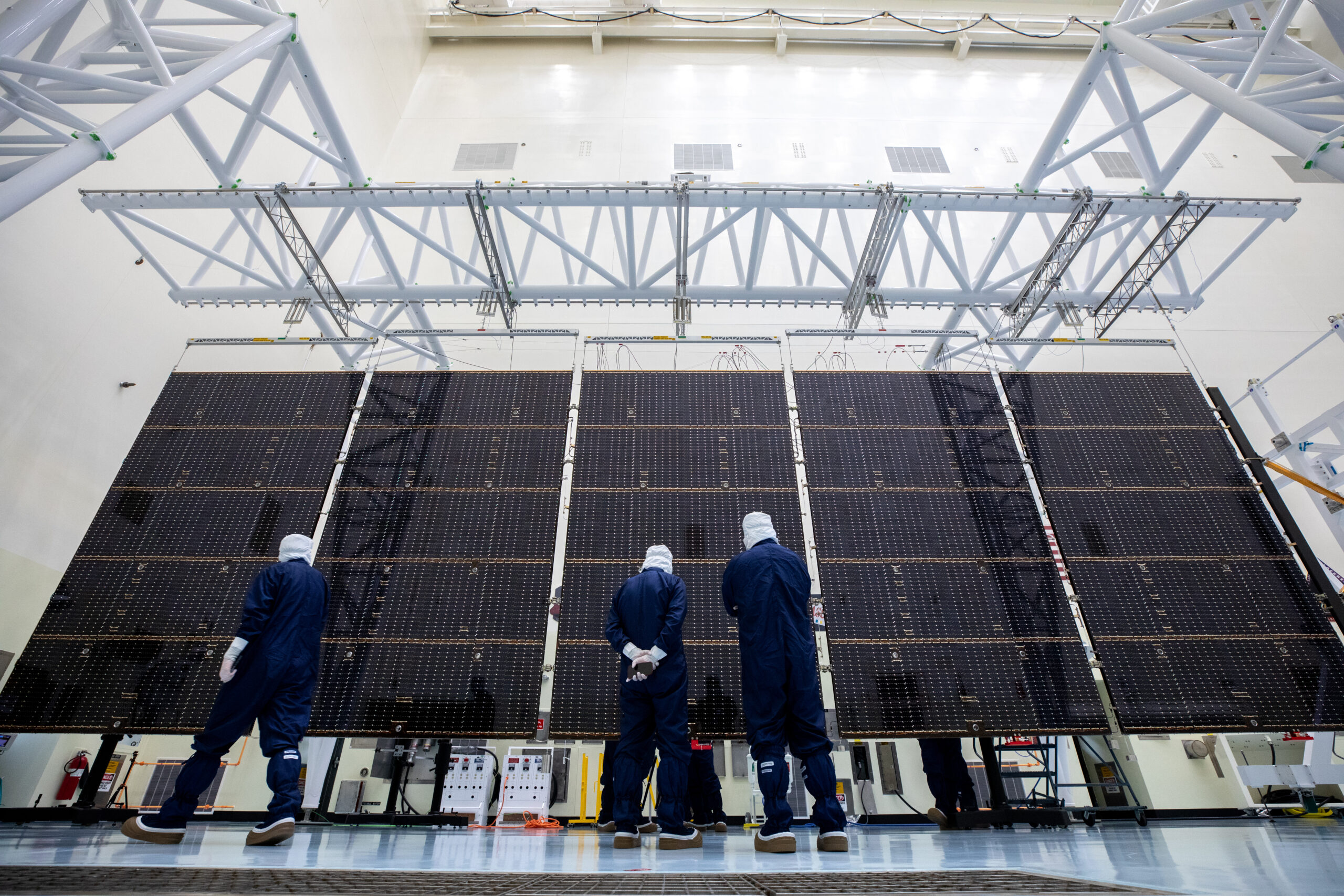

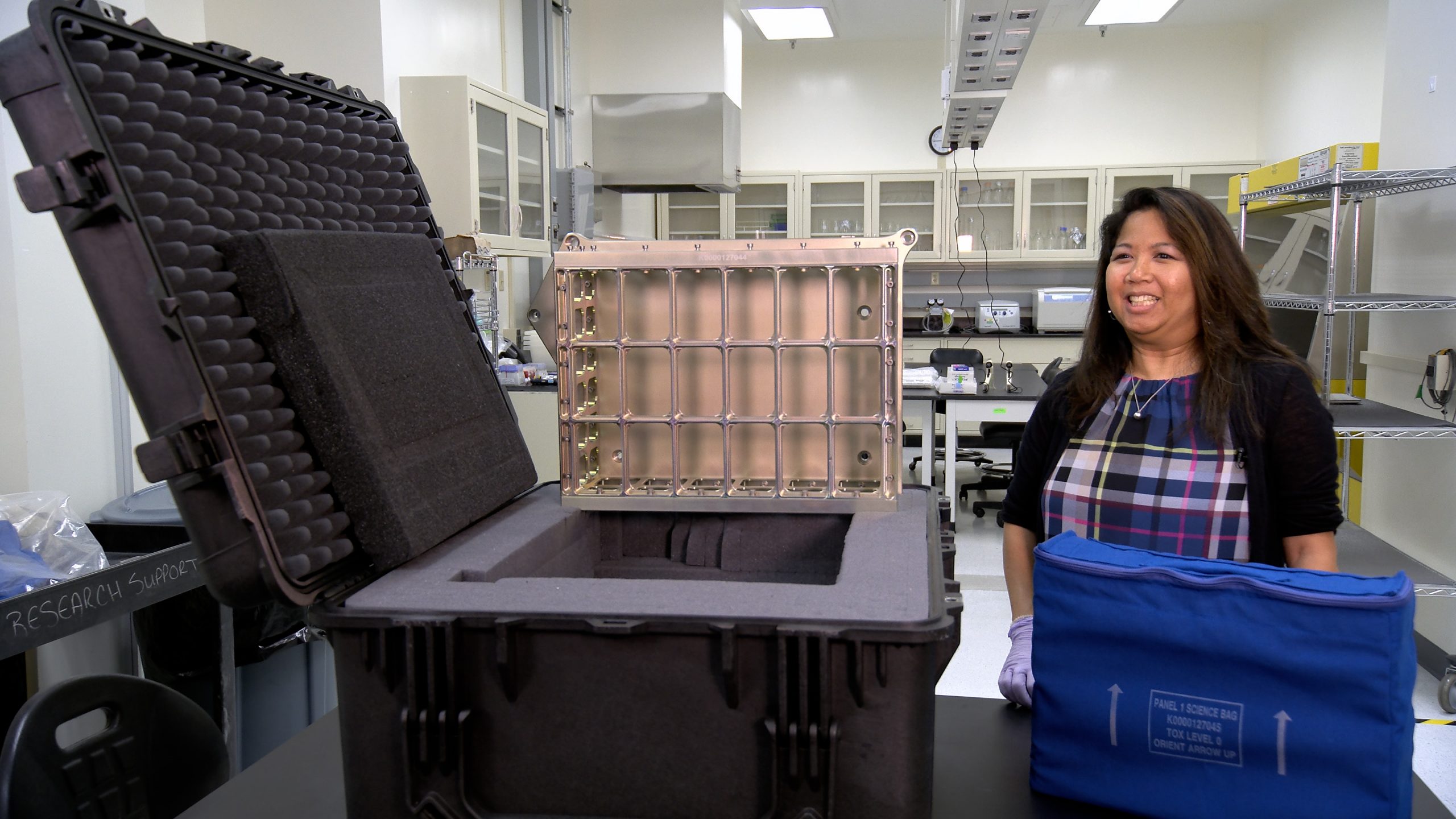
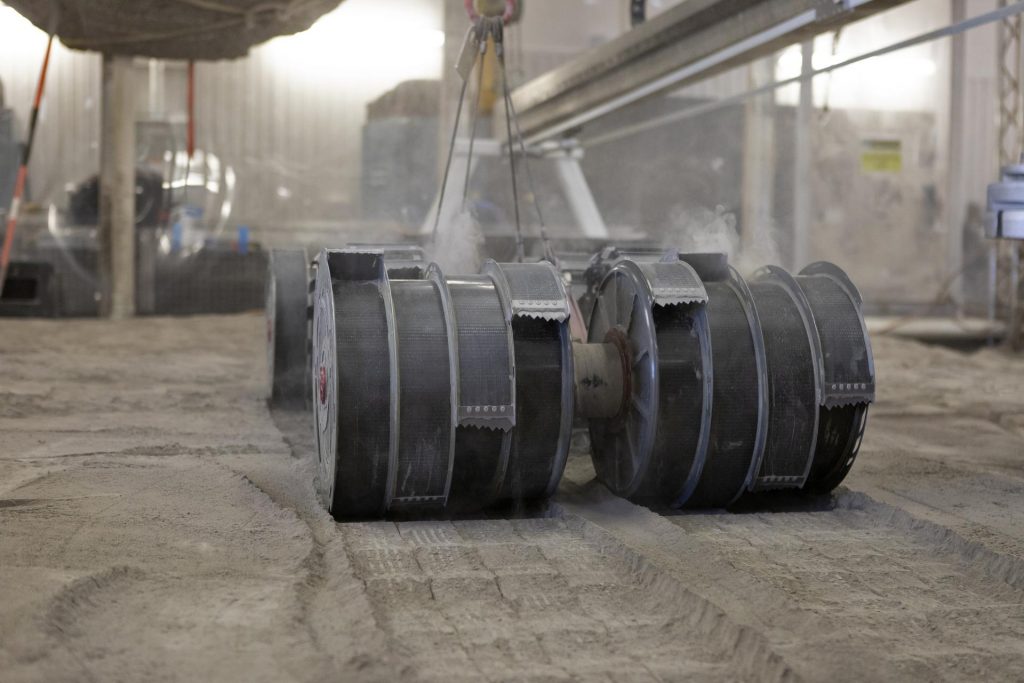



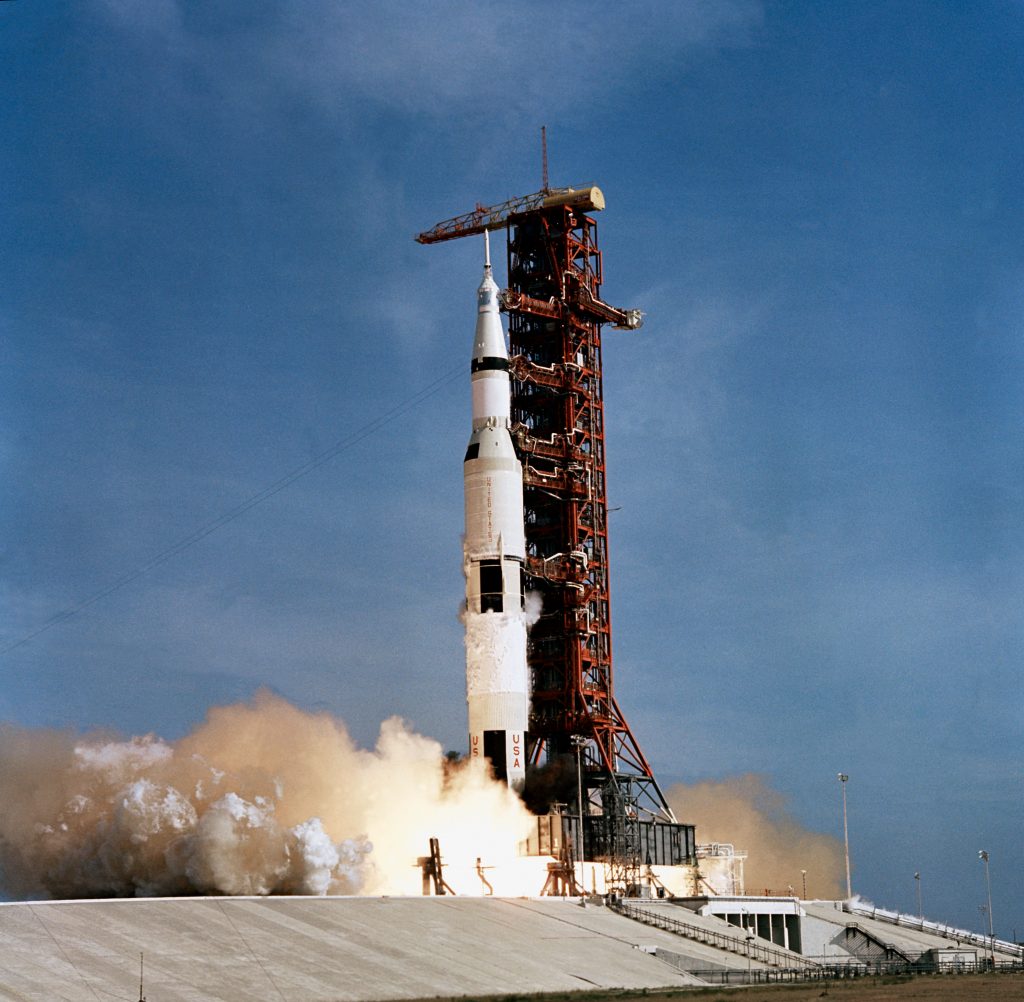
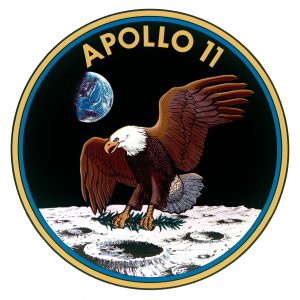 Tuesday, July 16:
Tuesday, July 16: